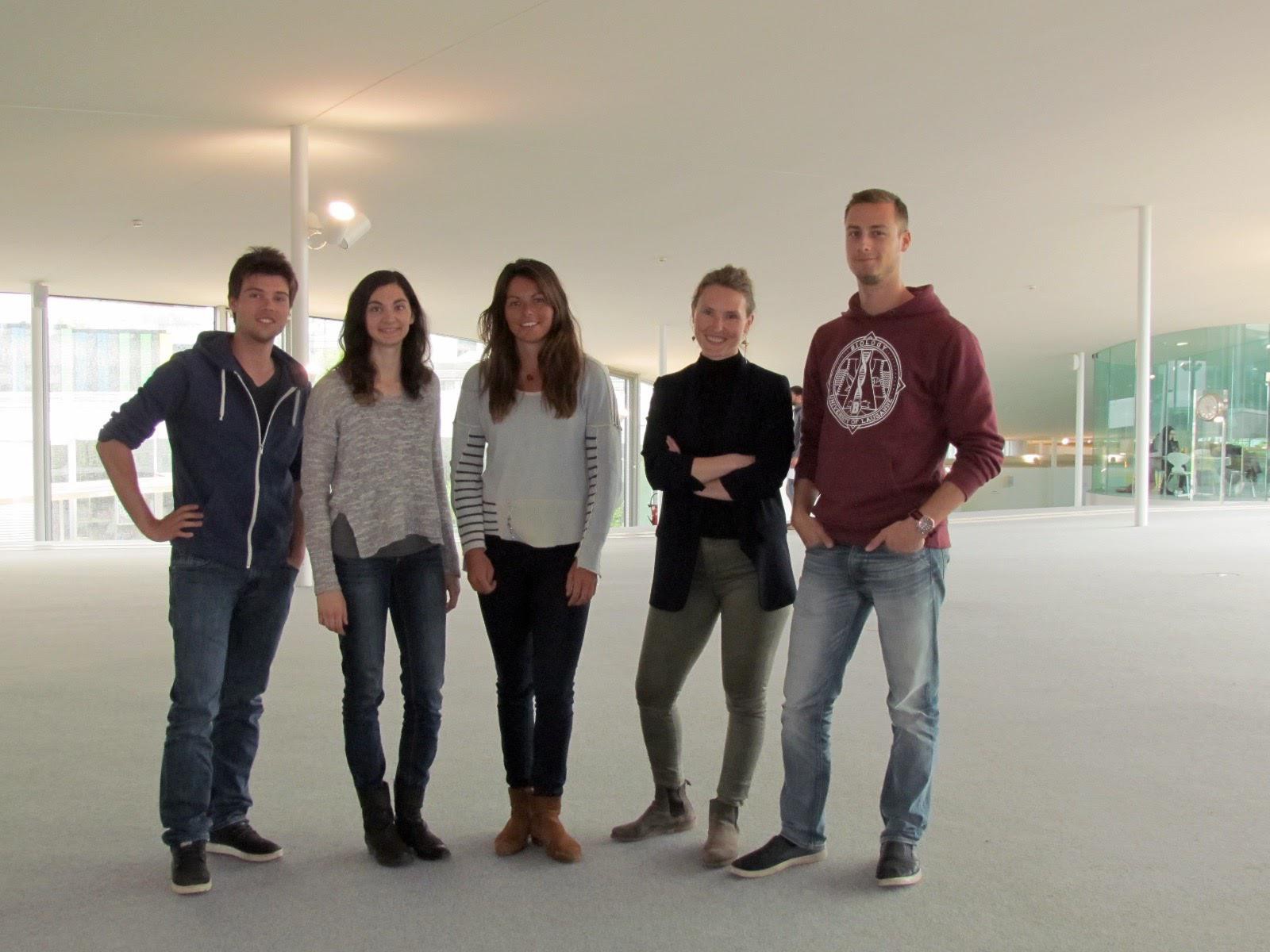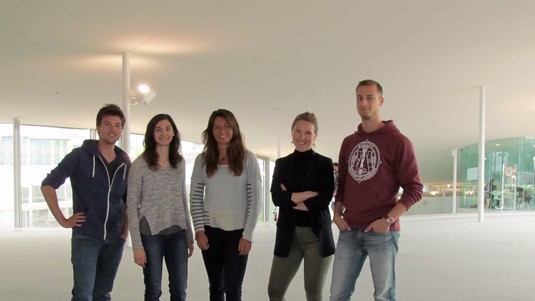EPFL-UNIL student team Biomimicry Design Challenge Project

Bioinspired electric patch that uses heat to recharge electrical devices on the go © 2017 EPFL-UNIL HeatUp team
3.5.2017. A team made of EPFL and UNIL students has created a model of a Bioinspired electric patch that uses heat to recharge electrical devices on the go. The project was part of the international Biomimicry Global Design Challenge on the topic of Climate Change and was mentored by EPFL Bioinspired Projects Platform.
Biomimicry Global design Challenge is an international competition organized by Biomimicry 3.8 Institite in USA that invites students and professionals accross the globe to propose bioinpired and biomimetic solutions to human challenges. This year the topic of the challenge was as broad as the word Climate Change. The team of four EPFL and UNIL students with life science engineering, materials engineering and biology background decided to tacke the challenge and focus on the reuse of free sources of energy.
The increase of energy consumption is one of the main causes of global warming and has increased the need for fast transition to sustainable energy. Heat loss is a free source of energy that is massively produced by industries, but can also be found at a smaller level in our everyday lives. For instance, the use computers releases heat and we, as humans, permanently radiate heat.
Our team HeatUp designed a bioinspired patch that generates electricity by absorbing the heat lost from any object or from our human body when we are holding it. The patch is directly connected to an electronic device such as a smartphone and recharges it. Our patch is a complex set of membranes inspired by the structure of a silk moth cocoon.
The inner part of the device has a gradually increasing porous structure filled with water and charged ions. This creates a gradient in ion concentration leading to a potential difference across the membrane. The current generated is ionic and is regulated by temperature: the warmer, the more electricity is extracted.
In order to maximize heat absorption, we mimicked fire-beetle’s ability to detect heat. A large number of dome-shaped heat receptors placed at the surface of the patch facilitates the increase in temperature.The membrane is only functional in the presence of water. To prevent evaporation we took inspiration from the Lady’s mantle, a plant whose leaves are ultra-hydrophobic thanks to its nanoscale hairs. We incorporated this nanoscale structures to the inner side of the patch walls, making them waterproof.
By creating a device using compostable materials such as polylactide acid (PLA) polymer we ensure a sustainable life cycle of the product.
Even though the power produced by our device is limited, its everyday usage by large audience suggests a great potential in reducing energy consumption.
Watch the video that presents student project: https://vimeo.com/215146226
HeatUp Team members:
- Ann-Riviere Warter-Jouve, EPFL Master Life Sciences and Technologies
- Eleonore Wild, Bacheleor Materials Science and Engineering
- Hugo Moreno, EPFL Master Life Sciences and Technologies
- Mathias Baumann, UNIL, Bacheleor Biology
- Darja Dubravcic, PhD biology, mentor, EPFL Bioinspired Projects Coordinator

